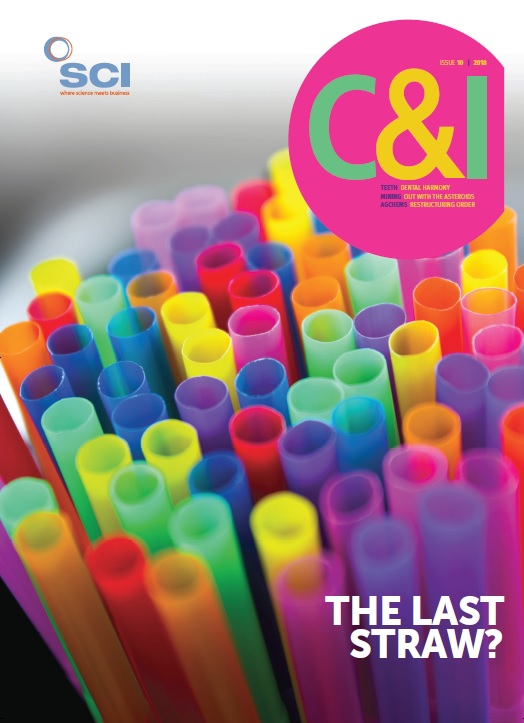The first perfumes designed by AI are slated for launch in mid-2019 in Brazil.
Developed at IBM, in partnership with perfume company Symrise, the AI drew upon a database of 1.7m different fragrance formulas, and used information on raw materials and the success of previously developed perfumes. It was also taught to identify which fragrances people found similar and dissimilar - getting training akin to an apprentice perfumer.
Called Philyra, after the Greek goddess of fragrance, the AI programme developed two new fragrances for Brazilian beauty company O Boticário. ‘What she did was super innovative. She had a sweet warm background, but added cardamom-like Indian cuisine scents and a milk that came from the flavour department,’ says David Apel, senior perfumer with Symrise. ‘From 1.7m formulas, it is amazing for her to find something that hadn’t been done before.’
Importantly Philyra was able to find niches in areas not previously explored. The first perfume identified was a raffermir perfume, a class of buttery fragrance well known to the industry.
In a demonstration at IBM Research in Zurich, Switzerland, computational researcher Richard Goodwin demonstrated how Philyra is able to scan 1000 different formulations, and over 60 raw materials, and compare them with fragrances currently on the marketplace. It is possible to request a certain type of perfume and adjust its novelty.
‘Being able to produce something never tried before, out of a combination of 1.7m formulas, that is the most exciting part of the programme for us,’ says Apel.
The second fine fragrance Philyra came up with gave off a fruity waft.
‘[Philyra] used osmanthus to create fruity notes. This is a flower from China that costs thousands of dollars a kilo. She used it in higher levels than I’d ever seen before in my perfumery career, but managed to keep the fragrance costs within the guidelines by utilising other materials that were less expensive,’ says Apel.
‘Each of my 70 perfumers is like an artist who uses their own colours and own brush strokes,’ explains Achim Daub, president of scent and care products at Symrise. AI accentuates rather than replaces human creativity, Daub says: ‘When there are 3000 raw materials on a palette, no one can work with all of those.’





